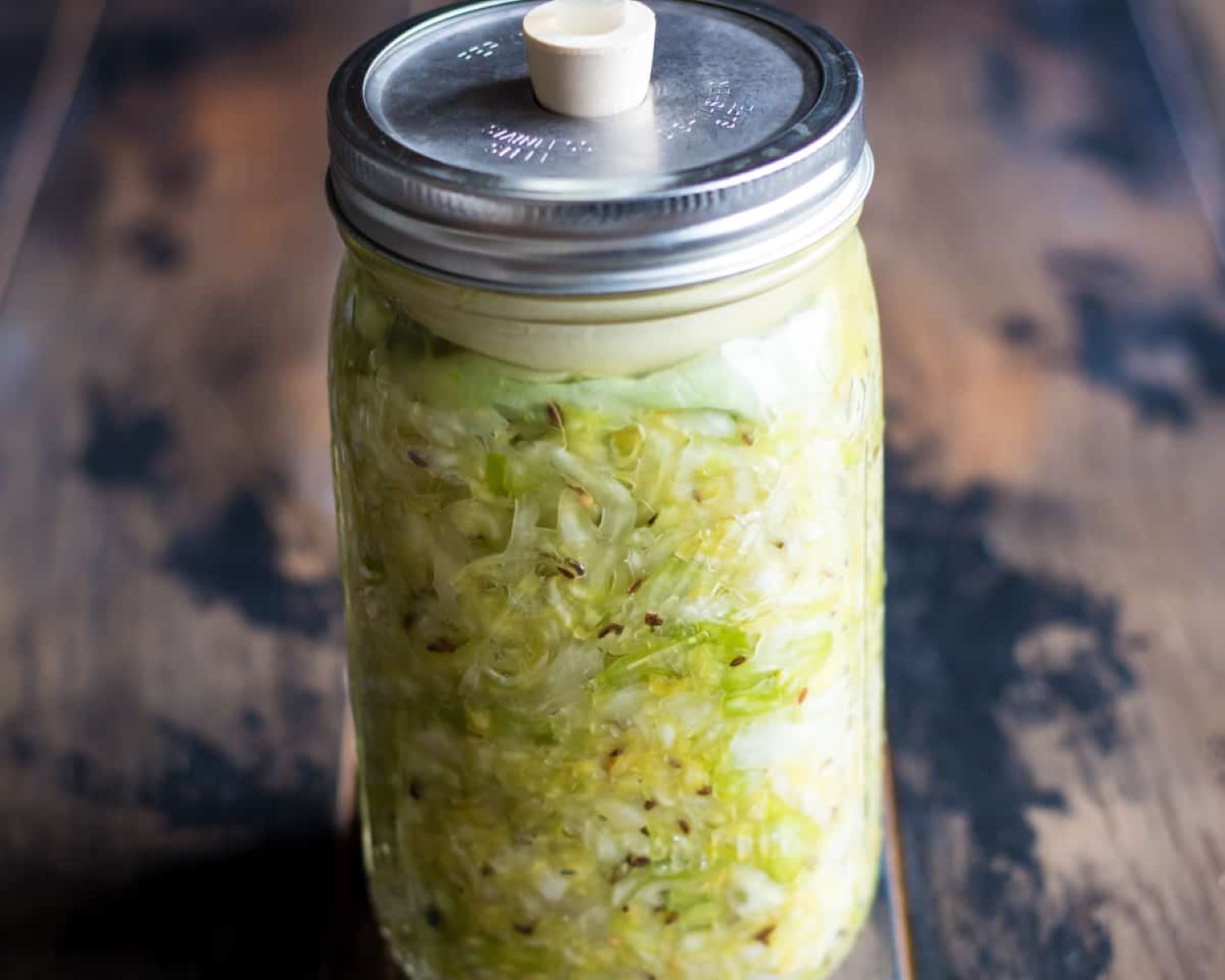

Articles
How To Store Sauerkraut After Fermentation
Modified: December 7, 2023
Discover the best methods for storing sauerkraut after fermentation in this informative article. Find expert tips and tricks to keep your sauerkraut fresh and flavorful.
(Many of the links in this article redirect to a specific reviewed product. Your purchase of these products through affiliate links helps to generate commission for Storables.com, at no extra cost. Learn more)
Introduction
Welcome to the wonderful world of sauerkraut! This tangy and flavorful fermented cabbage dish has been enjoyed for centuries. Not only is it delicious, but it also offers a host of health benefits. From aiding in digestion to boosting immunity, sauerkraut is a nutritional powerhouse.
Once you have successfully completed the fermentation process and your sauerkraut is ready, the next step is to store it properly to maintain its taste and texture. In this article, we will guide you through the steps on how to store sauerkraut after fermentation, ensuring that it stays fresh and delicious for as long as possible.
So, let’s dive right in and learn how to store your precious sauerkraut!
Key Takeaways:
- Properly storing sauerkraut after fermentation is crucial for maintaining its flavor and freshness. Follow the steps to transfer, press, seal, refrigerate, and check regularly to enjoy your homemade sauerkraut for weeks or even months.
- Get creative with how you enjoy your sauerkraut! Use it as a topping, in salads, or as a side dish. Explore traditional recipes and savor the tangy goodness of your homemade sauerkraut.
Read more: How To Store Sauerkraut After Opening
Step 1: Transfer to a Glass Jar
After the fermenting process, it’s time to transfer your sauerkraut to a glass jar. Using a glass jar is highly recommended as it helps maintain the flavor and freshness of the sauerkraut. Glass is non-reactive, unlike plastic or metal containers, which can impact the taste of the sauerkraut.
Start by sterilizing the glass jar to ensure a clean and bacteria-free environment for your sauerkraut. You can do this by washing the jar and its lid with hot soapy water, then rinsing it thoroughly. Alternatively, you can also run it through a dishwasher’s cleaning cycle.
Once the jar is clean and dry, begin transferring the sauerkraut from the fermenting vessel into the glass jar. Use a clean utensil, such as a wooden spoon or tongs, to scoop the sauerkraut. Avoid using metal utensils as they can react with the fermented cabbage.
Gently pack the sauerkraut into the jar, ensuring there is enough room at the top for the liquid that may come out during the storage process. It’s important to note that sauerkraut should be submerged in its own brine, so if there isn’t enough liquid to cover the cabbage, you can make a saltwater brine by dissolving 1 teaspoon of salt in 1 cup of water and adding it to the jar until the sauerkraut is fully covered.
Once the sauerkraut is in the jar and covered with brine, it’s time to move on to the next step: pressing down the sauerkraut.
Step 2: Press Down the Sauerkraut
Pressing down the sauerkraut is an important step in the storage process as it helps remove any air bubbles and ensures that the cabbage is fully submerged in the brine. This is crucial to prevent any spoilage or mold growth on the sauerkraut.
To press down the sauerkraut, you will need a weight or a fermentation weight specifically designed for this purpose. Place the weight directly on top of the sauerkraut, pressing it down firmly. This will help compress the cabbage and encourage the release of any trapped air.
If you don’t have a fermentation weight, you can use alternative items such as small glass jars filled with water or clean rocks wrapped in plastic to serve as makeshift weights. Just make sure whatever you use is clean and food-safe.
Once the sauerkraut is properly pressed down, you will notice that the brine rises to cover the cabbage. This creates an anaerobic environment that inhibits the growth of harmful bacteria and allows the beneficial probiotics to thrive.
After pressing down the sauerkraut, it’s time to move on to the next step: sealing the jar.
Step 3: Seal the Jar
Now that your sauerkraut is packed and pressed down in the glass jar, it’s time to seal it securely. Proper sealing is essential to maintain the quality and freshness of the sauerkraut.
Before sealing the jar, ensure that the rim and lid are clean and dry. This will help create a tight seal and prevent any contamination. If there are any food particles or residue on the rim, wipe it clean with a damp cloth or paper towel.
Once clean, place the lid on the jar and screw it tightly. Make sure it is secure, but not overly tight as you may need to open the jar in the future. The goal is to create a seal that will keep air and moisture out.
It’s worth mentioning that some people prefer to use fermentation lids or airlock systems to allow the release of any carbon dioxide produced during the fermentation process. These specialized lids can provide a more controlled environment for the sauerkraut. However, they are not necessary and a properly sealed glass jar works just as well for storing sauerkraut.
Now that the jar is sealed, it’s time to move on to the next step: storing the sauerkraut in the refrigerator.
Store sauerkraut in a glass jar or airtight container in the refrigerator to slow down the fermentation process. Make sure the kraut is fully submerged in its brine to prevent spoilage.
Step 4: Store in the Refrigerator
After sealing the jar, it’s time to find a cozy spot for your sauerkraut in the refrigerator. Storing sauerkraut in the refrigerator is crucial for maintaining its freshness and extending its shelf life.
Find a cool and dark area in your refrigerator where you can place the jar. Ideally, the temperature should be around 32-40 degrees Fahrenheit (0-4 degrees Celsius). Avoid storing the sauerkraut in the refrigerator door as the temperature fluctuates more in that area.
It’s important to note that sauerkraut continues to ferment slowly even in the refrigerator. This fermentation process helps develop its flavor over time. The flavors will deepen and evolve as it ages, so don’t be afraid to leave it in the refrigerator for a few weeks or even months, depending on your taste preference.
During the storage period, you may notice the sauerkraut releasing some liquid or brine. This is completely normal and is a result of the fermentation process. It’s important to maintain the sauerkraut’s submersion in its own brine, so if you notice that the liquid level has dropped, you can top it up with a saltwater brine, as mentioned in Step 1.
Now that your sauerkraut is safely stored in the refrigerator, it’s time to move on to the next step: checking on it regularly.
Read more: How To Store Sauerkraut
Step 5: Check on Regular Intervals
While your sauerkraut is happily fermenting and maturing in the refrigerator, it’s important to check on it regularly to ensure that everything is going smoothly. Regular monitoring helps you catch any issues early on and allows you to make any necessary adjustments.
Check the seal of the jar: Make sure that the lid is tightly sealed and there are no signs of air leakage. If you notice any air bubbles or the lid seems loose, it’s a good idea to reseal the jar to maintain the optimal environment for the sauerkraut.
Inspect for mold or spoilage: Although sauerkraut is generally resistant to spoilage due to the acidic environment, there is still a chance of mold growth. Carefully examine the sauerkraut for any signs of mold or discoloration. If you see any mold, it’s best to discard the entire batch to prevent any health risks.
Check the liquid level: As mentioned earlier, sauerkraut may release liquid during the storage process. Make sure that the sauerkraut remains submerged in its own brine. If the liquid level drops, you can top it up with a saltwater brine to maintain the proper fermentation environment.
Observe the texture and flavor: Take the opportunity to taste your sauerkraut during these regular checks. The texture should be crisp with a pleasant tangy flavor. If the sauerkraut tastes overly sour or develops off flavors, it may be an indication of over-fermentation or spoilage.
By checking on your sauerkraut regularly, you can ensure its quality and make any necessary adjustments to maintain its freshness. Now that you’re well-versed in checking on your sauerkraut, it’s time to move on to the final step: enjoying your homemade sauerkraut!
Step 6: Enjoy Your Sauerkraut
The moment you’ve been waiting for has arrived! It’s time to savor the fruits of your labor and enjoy your homemade sauerkraut. Here are some tips on how to best enjoy your sauerkraut:
Pair it with savory dishes: Sauerkraut is a versatile condiment that adds a tangy and refreshing element to a variety of dishes. Enjoy it as a topping for hot dogs, sausages, or burgers. Add it to sandwiches or wraps for an extra kick of flavor. It also pairs well with grilled meats, roasted vegetables, and savory stews.
Incorporate it into salads: Add a twist to your salads by incorporating sauerkraut as an ingredient. Its tangy flavor and crunchy texture can elevate ordinary salads, providing a unique and refreshing taste profile. Try adding it to coleslaw, mixed greens, or grain salads for a delightful twist.
Create tasty side dishes: Sauerkraut can be transformed into delicious side dishes. Sauté it with onions and bacon for a flavorful and comforting side dish. Use it as a filling for pierogies or stuffed peppers. The possibilities are endless, so get creative and experiment with different recipes.
Explore traditional recipes: Sauerkraut is a staple ingredient in many traditional dishes around the world. Research recipes from various cuisines and try your hand at preparing authentic dishes such as German sauerkraut and bratwurst, Polish bigos, or Korean kimchi stew. Embrace the cultural flavors and discover new culinary experiences.
Remember to store any uneaten sauerkraut properly in the refrigerator using the steps outlined in this article. This will ensure that it stays fresh and maintains its quality for future enjoyment.
Now that you know how to store sauerkraut after fermentation and how to savor it in various ways, it’s time to indulge in the tangy goodness of your homemade sauerkraut. Enjoy!
Conclusion
Congratulations! You have successfully learned how to store sauerkraut after fermentation, ensuring its longevity and maintaining its flavors. By following the steps outlined in this article, you can confidently store your homemade sauerkraut and enjoy its delicious taste for weeks or even months.
Remember, transferring the sauerkraut to a glass jar, pressing it down to remove air bubbles, sealing the jar tightly, storing it in the refrigerator, and checking on it regularly are all key components of proper sauerkraut storage. These steps help create an optimal environment for the sauerkraut to continue fermenting slowly and develop its unique flavors.
When it’s time to enjoy your sauerkraut, get creative with how you incorporate it into your meals. Whether it’s as a topping, ingredient in salads, or a side dish, sauerkraut adds a tangy touch to various culinary creations.
Remember to regularly check on your sauerkraut for any signs of spoilage or changes in texture and flavor. This ensures that you catch any issues early on and can take appropriate action to preserve the quality of your sauerkraut.
Now that you have the knowledge and the techniques, it’s time to put them into practice and enjoy the delightful flavors of homemade sauerkraut. So, roll up your sleeves, gather your ingredients, and embark on a sauerkraut-making adventure. Your taste buds will thank you!
Frequently Asked Questions about How To Store Sauerkraut After Fermentation
Was this page helpful?
At Storables.com, we guarantee accurate and reliable information. Our content, validated by Expert Board Contributors, is crafted following stringent Editorial Policies. We're committed to providing you with well-researched, expert-backed insights for all your informational needs.
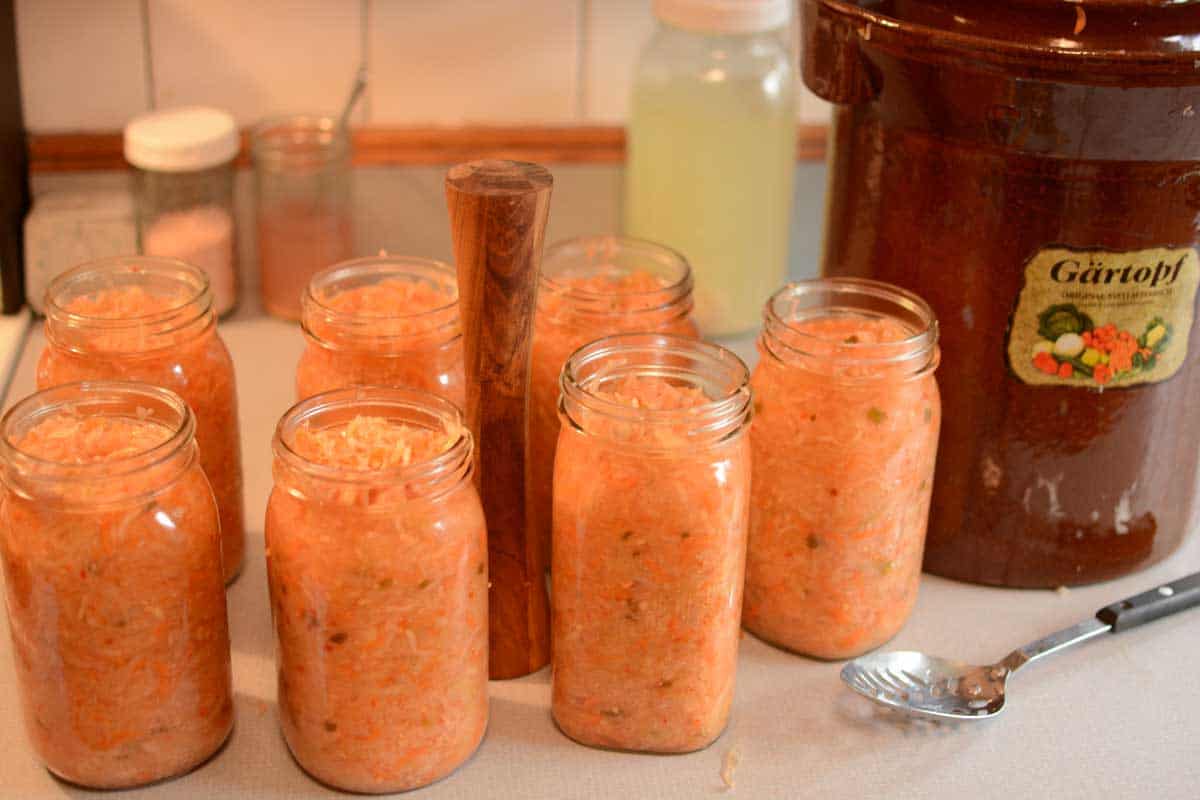




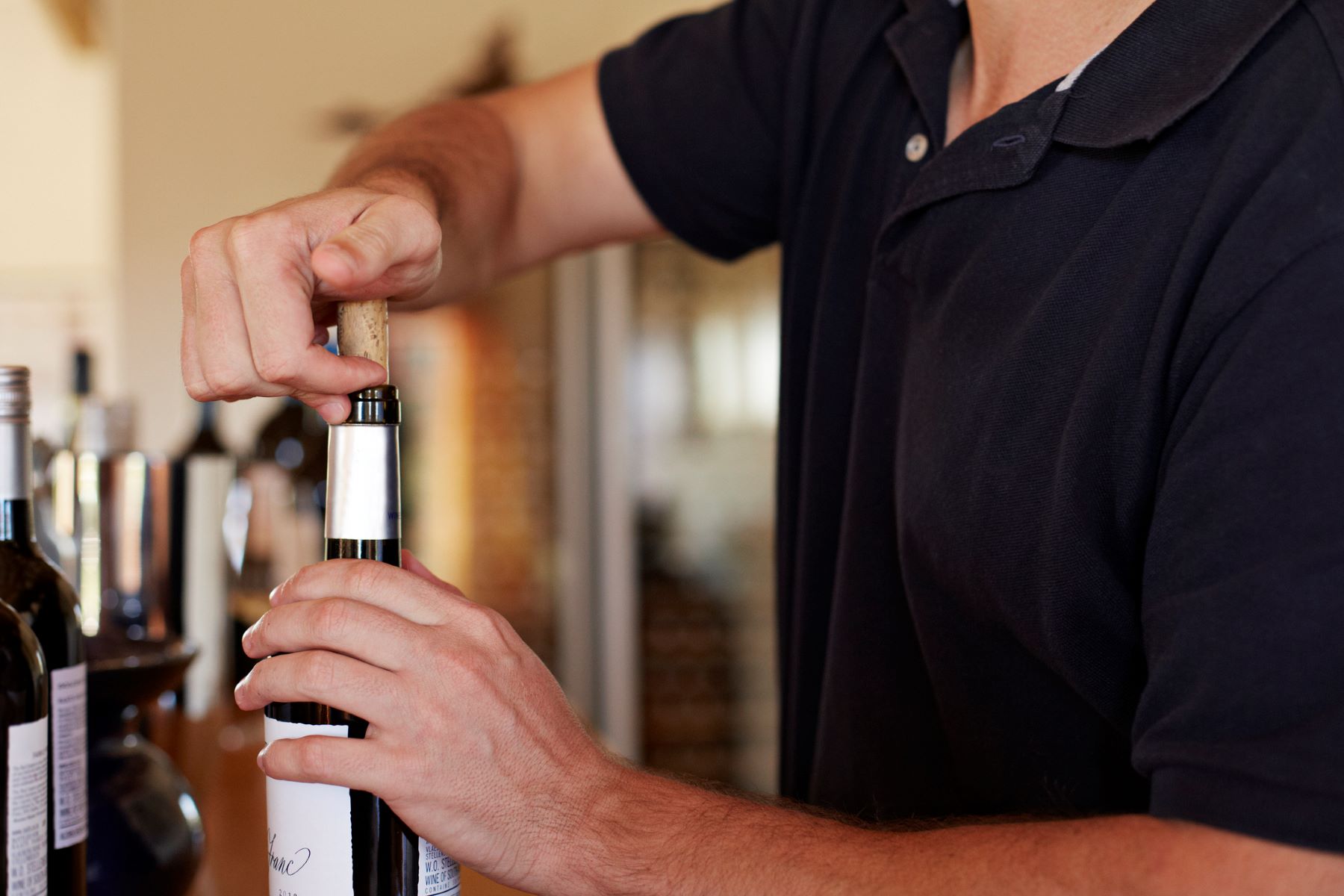

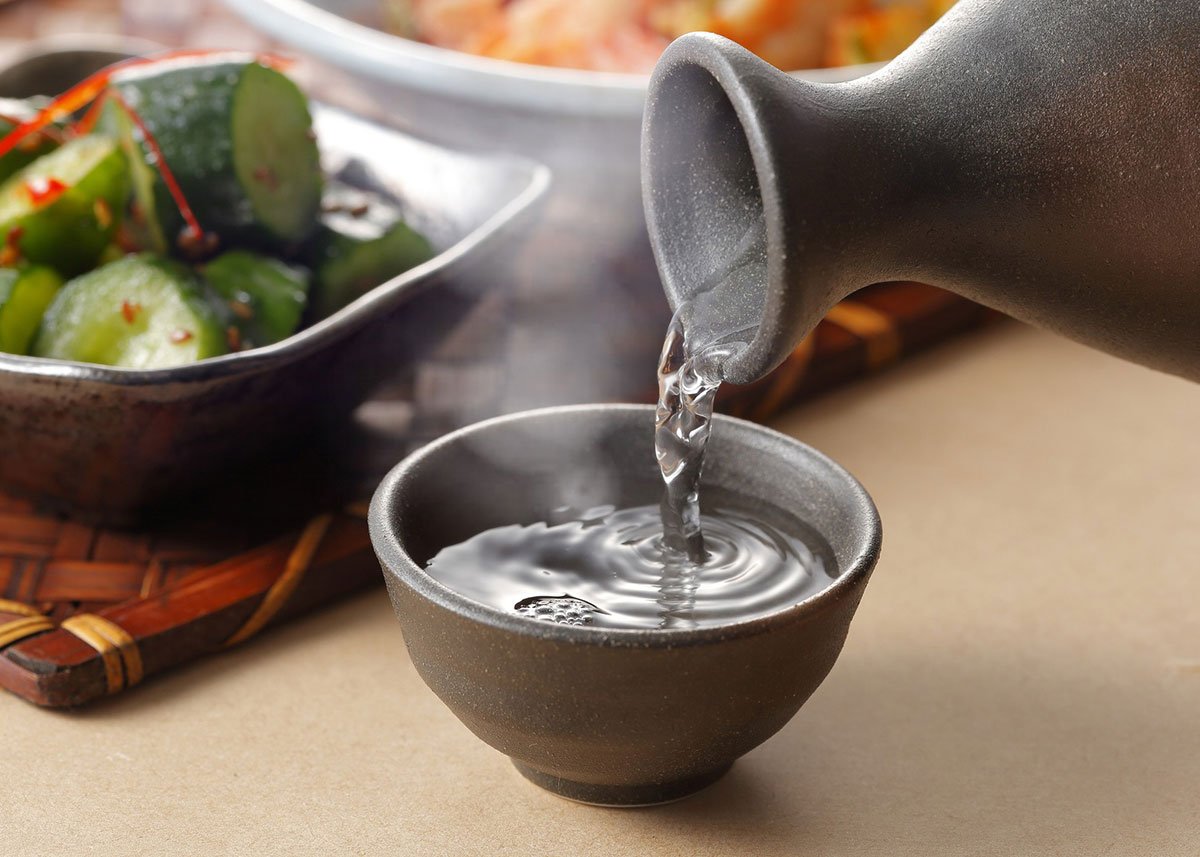
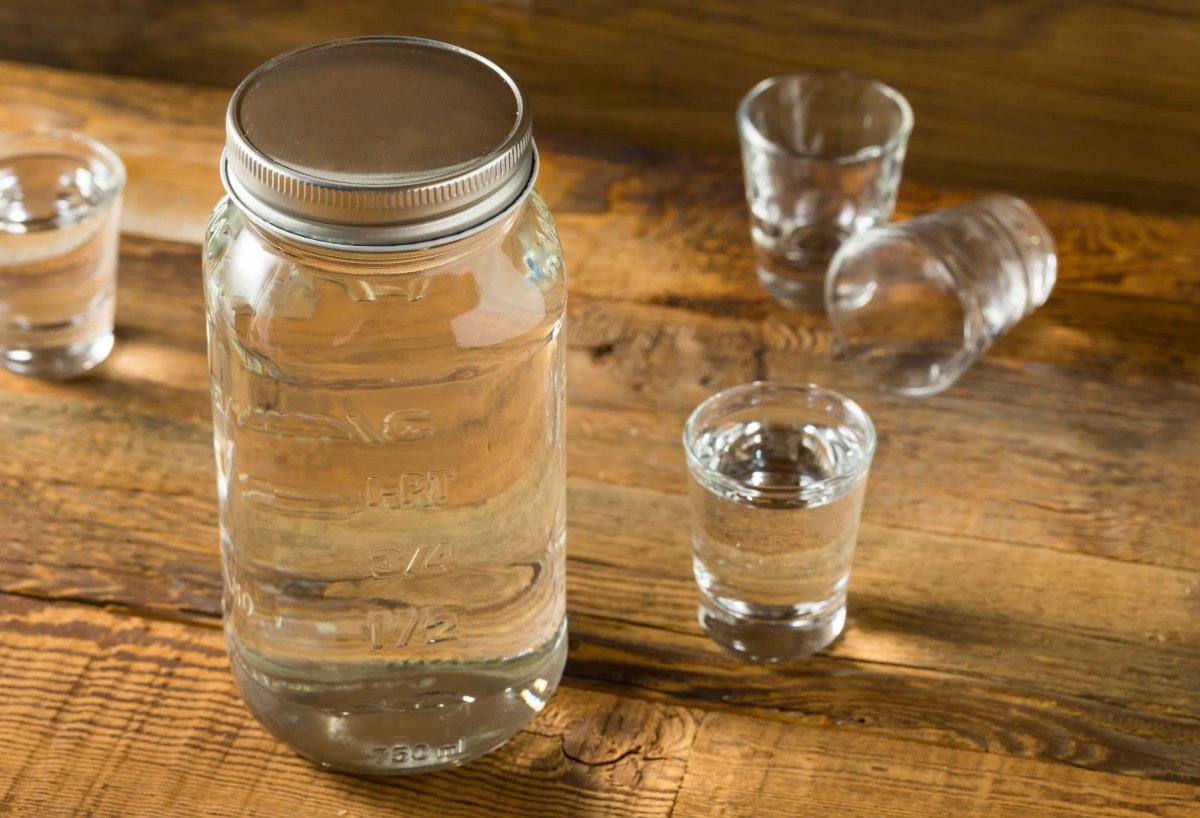






0 thoughts on “How To Store Sauerkraut After Fermentation”